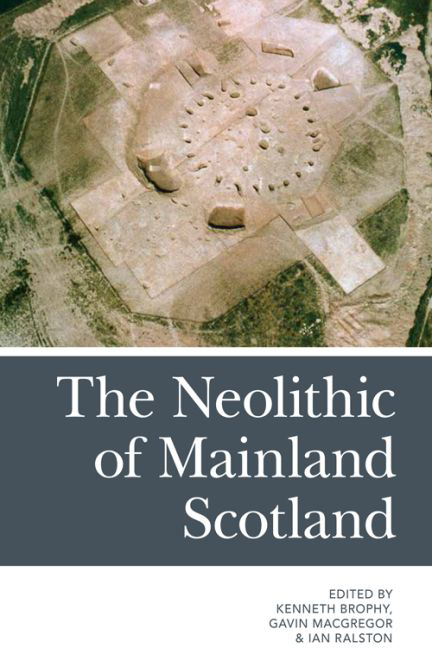Book contents
- Frontmatter
- Contents
- List of Tables and Figures
- Notes on the Contributors
- Acknowledgements
- Foreword: ‘The prehistory of my own lands, the lowlands’
- Part I Scotland's Mainland Neolithic in Context
- Part II Non-megalithic Monuments
- 6 Hiatus or Hidden? The Problem of the Missing Scottish Upland Cursus Monuments
- 7 Making Memories, Making Monuments: Changing Understandings of Henges in Prehistory and the Present
- 8 Seeing the Wood in the Trees: The Timber Monuments of Neolithic Scotland
- Part III Pits, Pots and Practice
- Index
7 - Making Memories, Making Monuments: Changing Understandings of Henges in Prehistory and the Present
from Part II - Non-megalithic Monuments
Published online by Cambridge University Press: 15 September 2017
- Frontmatter
- Contents
- List of Tables and Figures
- Notes on the Contributors
- Acknowledgements
- Foreword: ‘The prehistory of my own lands, the lowlands’
- Part I Scotland's Mainland Neolithic in Context
- Part II Non-megalithic Monuments
- 6 Hiatus or Hidden? The Problem of the Missing Scottish Upland Cursus Monuments
- 7 Making Memories, Making Monuments: Changing Understandings of Henges in Prehistory and the Present
- 8 Seeing the Wood in the Trees: The Timber Monuments of Neolithic Scotland
- Part III Pits, Pots and Practice
- Index
Summary
Introduction
The interpretation of every excavated site is to some extent ‘frozen’ in the published report; there is a sort of inertia as far as any reinterpretation is concerned. (Barclay 1999: 17)
Monuments are often presented as static entities, timeless and unchanging. The emphasis placed on the conservation of sites creates an impression that monuments should be preserved as they are – they become ‘fossilised’, as Gordon Barclay describes the fate of Cairnpapple, West Lothian, cast in concrete (Barclay 1999: 17) (Figure 7.1). Monuments such as henges, preserved in the landscape and perceived as supposedly unchanging relics of the past do indeed become ‘frozen’ in our perception. However, this view can now be challenged, and Gordon Barclay has demonstrated the scope we have for reconsidering monuments, through his own important reinterpretation of Cairnpapple Hill (1999), through excavation (Barclay 1983), and by writing reflective, critical overviews of our current understanding of henge monuments (Barclay 2005). One outcome of this has been a growing awareness of the repeated reworking of monuments in prehistory, as it has become apparent that henge sites often have a long and complex life-history (Barclay 2005: 92–3). It seems increasingly inappropriate that sites should be ‘frozen’ in time and interpretation, or that our narratives should regard other aspects of such sites as less significant than the henge earthwork, since prehistoric understandings of these monuments appear to have been dynamic and changeable over time. Just as our contemporary understandings of monuments change, so the monuments themselves were remade and reinterpreted in the past. Here, it is argued that this process of recreating and reinterpreting monuments can be understood as a form of commemoration, by which the creation of memory need not mean consigning monuments to become fossils in the landscape, but rather envisages them as places which could be actively remade. Given the extent to which Gordon Barclay has changed and challenged contemporary understandings of henge monuments in Scotland, it seems fitting here to consider the ways in which understandings of these monuments changed throughout prehistory.
Monumental traditions in archaeology
The word ‘monument’ comes from the Latin monere, ‘to remind’ (Bradley 1993: 2).
- Type
- Chapter
- Information
- The Neolithic of Mainland Scotland , pp. 116 - 138Publisher: Edinburgh University PressPrint publication year: 2016



